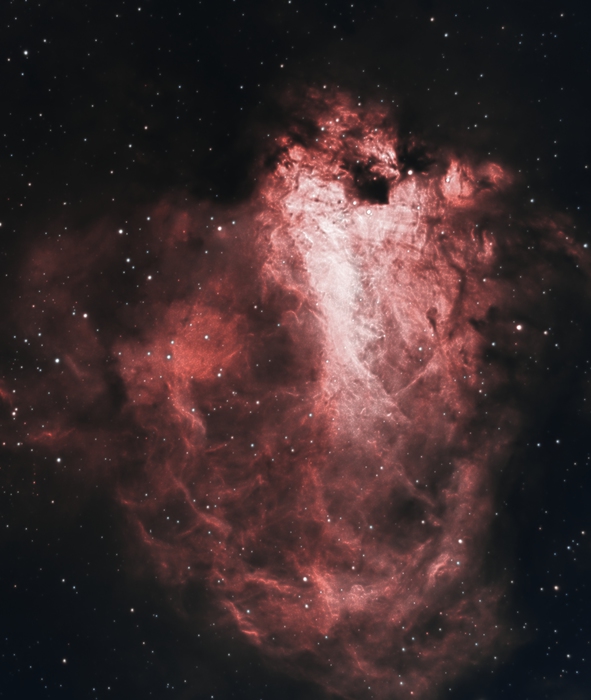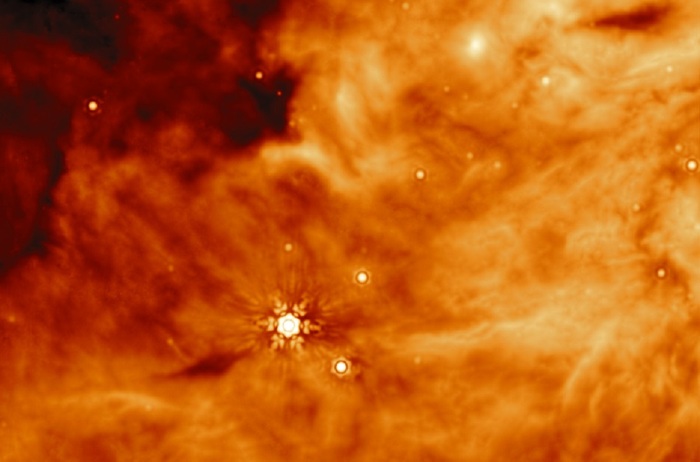After the discovery in the heart of the Milky Way of one of the building blocks of life, ethanolamine, other organic molecules have been identified in our galaxy, this time in five different planetary nebulae located in the peripheral regions.
This is what emerges from the observations conducted by researchers at the American University of Arizona, coordinated by Lucy Ziurys, and presented in the Congress of the American Astronomical Society (Aas).
According to astronomers, these molecules tell of dying stars in the outskirts of the Milky Way.
Ziurys and his colleagues, thanks to the Alma (Atacama Large Millimeter Array) radio telescope of the Southern European Observatory (Eso), have found the signatures of organic molecules such as hydrogen cyanide, carbon monoxide and formyl ion in five planetary nebulae: M2-48, M1-7, M3-28, K3-45 and K3-58.
The radio signals emitted by these organic molecules, the experts explain, make it possible to outline the shapes of the five nebulae, revealing features that have never been seen before, such as the presence of jets of matter with suggestive shapes of arcs and lobes. And in unprecedented detail, equivalent to looking at a coin from a distance of about four kilometers.
The observations presented at the congress of American astronomers, Ziurys explains, "reinforce the idea that planetary nebulae serve as sources for disseminating molecules into the interstellar medium that represent some of the basic ingredients in the formation of new stars and planets. Our idea - he concludes. the astronomer - is that planetary nebulae provide, in fact, 90% of the material in the interstellar medium, with supernovae (stars that explode at the end of their life cycle) adding the remaining 10% ".






